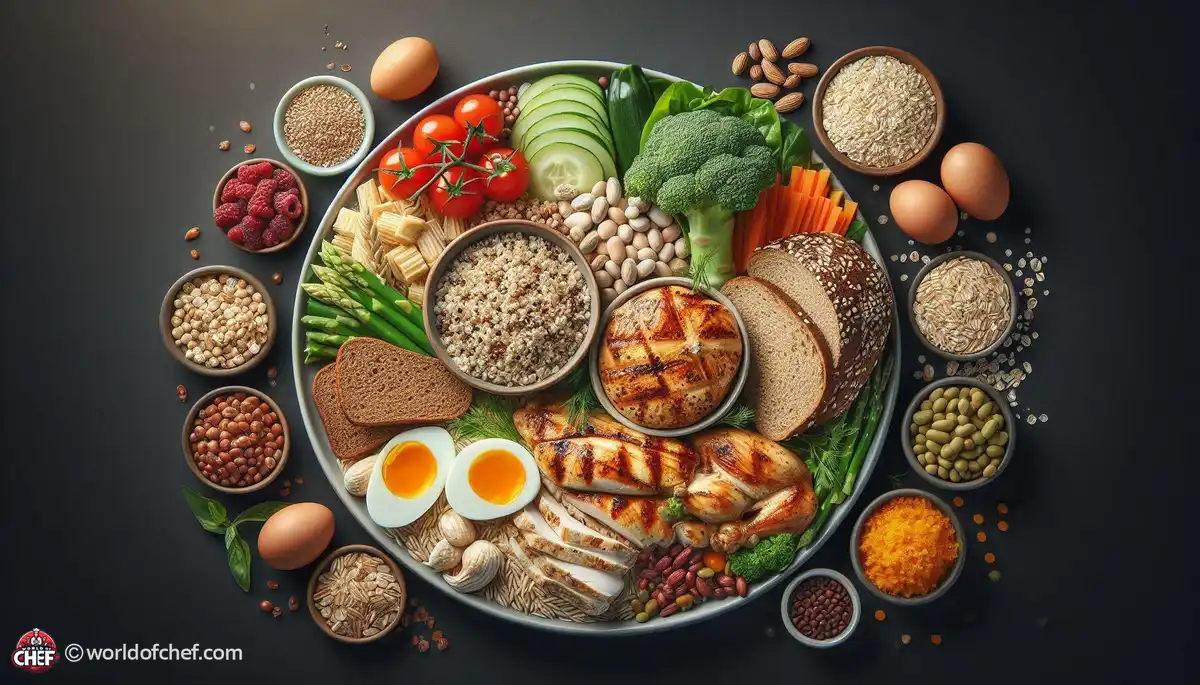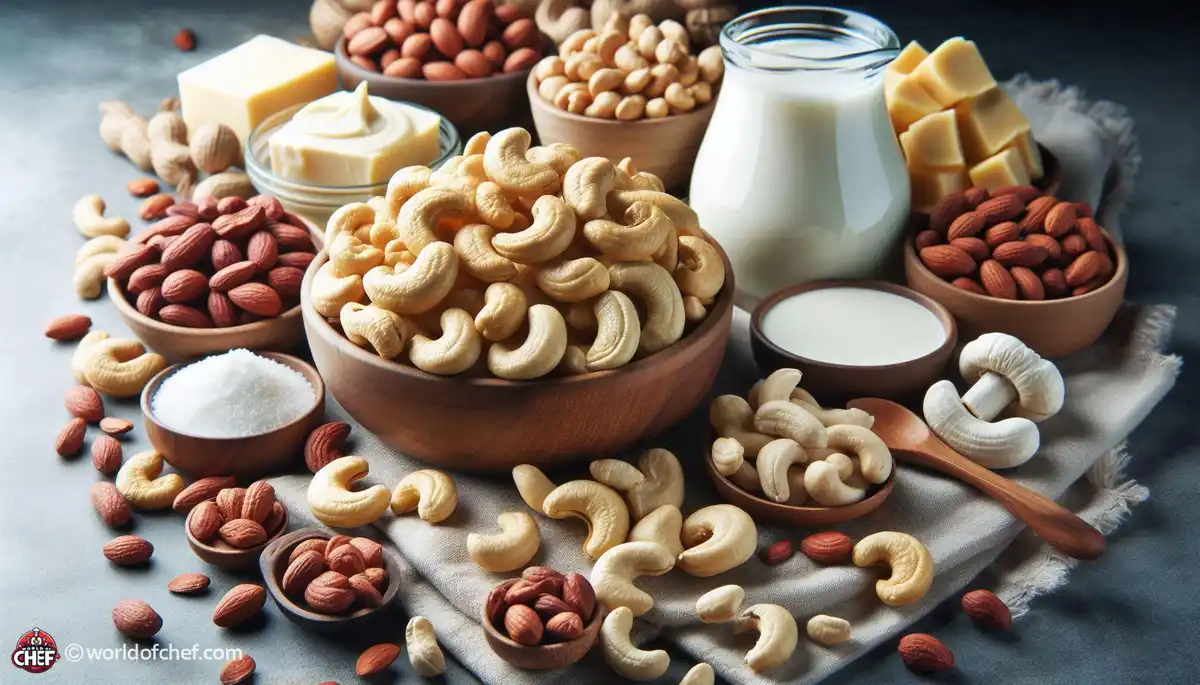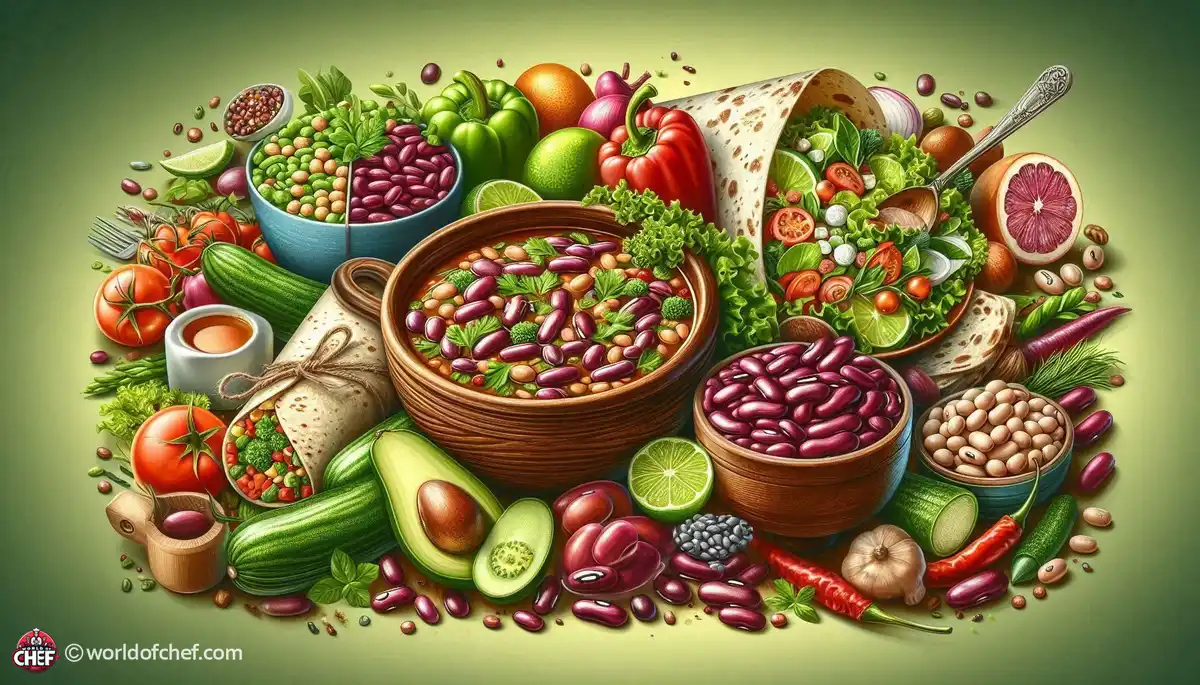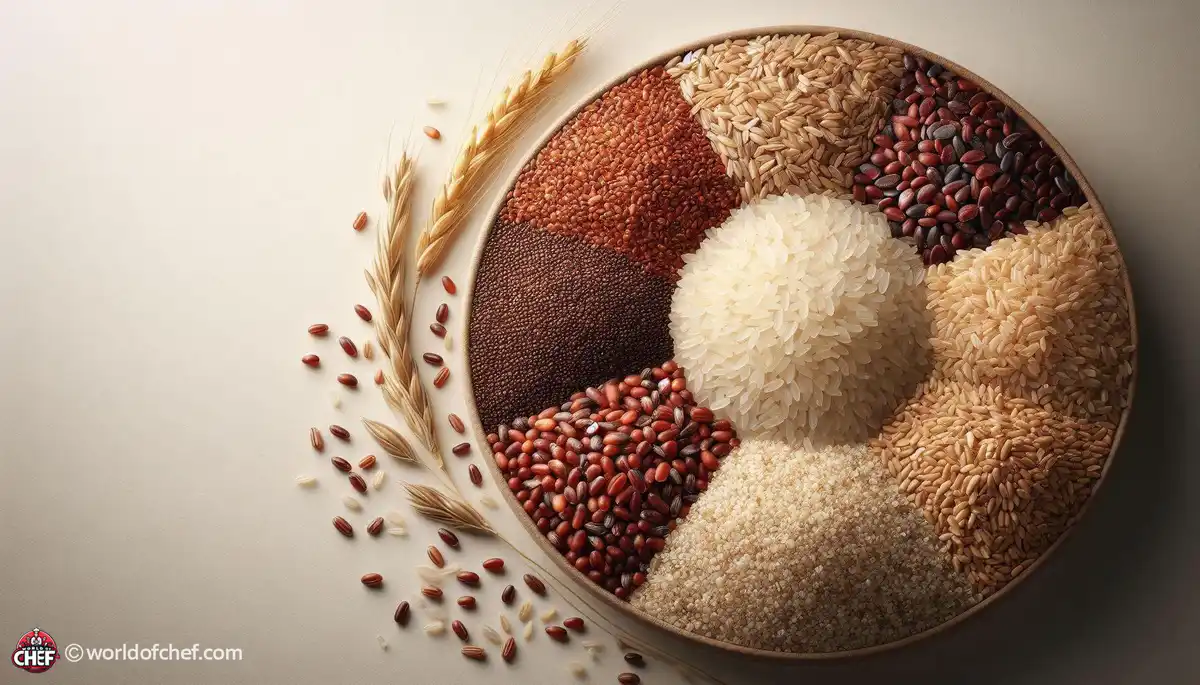
Unveiling the Power of Cruciferous Vegetables in Cancer Prevention
Eloise Jester - Mar 26, 2025 - 8 min read


While high-protein diets are typically associated with lean meats, poultry, fish, and plant-based protein sources, whole grains often go unnoticed. While there is much attention given to the former, there can be much merit in adding whole grains to your high-protein diet for a variety of nutrients and satiety as well as weight management. Whole grains are also good in carbohydrates but can be included to a high protein diet when chosen wisely and consumed appropriately.
Whole grains are nutritional powerhouses containing fiber, vitamins, minerals, and antioxidants that support a person's health and wellbeing. Since refined grains are often stripped of their nutrient-rich bran and germ layers in processing, whole grains maintain all these valuable components and therefore are the better option to support a high-protein diet. Including different kinds of whole grains in your meals can ensure that you obtain a broad spectrum of nutrients necessary for healthy functioning.
While whole grains are not normally viewed as a particularly significant source of protein compared to meats or legumes, they do contain varying amounts of this macronutrient. Quinoa, amaranth, wild rice, and teff contain more protein than other varieties, such as wheat or oats. Another way to boost the protein into your diet is through the combination of whole grains and complementary protein sources such as beans, lentils, nuts, seeds, or dairy.
This nutty, versatile grain has a rich nutritional profile along with high protein. Quinoa contains all nine essential amino acids, which the body cannot produce. It makes it wonderful to eat on its own as a side dish or even as the base for salads, soups, and stir-fries. Nutrient-rich grain: Amaranth
Another ancient grain that is being grown for its nutritional benefits and is a great source of protein is amaranth. Like quinoa, this is a complete protein and also very rich in fiber, iron, magnesium, and calcium. When its peppery flavor is added to sweet and savory dishes-from porridges and baked goods to salads and yogurt bowls with crunchy toppings-it makes it simply divine.
Not technically a type of rice, wild rice is actually a seed from aquatic grass. White rice strips the grain's bran and germ layers, but not wild rice. The rich outer layers that are packed with nutrients are left intact, and that is what makes wild rice a whole grain super food. Though having less protein than quinoa and amaranth, wild rice is still a good source of protein and fiber, vitamins, and minerals. Its firm texture, nutty flavor make it an excellent addition to pilafs, salads, and soups.
It's not too difficult to add whole grains into your diet. Begin by trying some whole grains and see what you like. As a start, get started by gradually replacing the refined grains in your favorite recipes. For example, use whole grain pasta instead of white pasta or brown rice instead of white rice. Gradually increase your intake of whole grains, balanced by other protein sources, and you will enjoy the benefit of a high-protein diet while relishing the variety of flavors and textures offered by whole grains.
Whole grains can complement the protein in your diet, but you need to balance them with other types of protein so that you meet your daily protein needs. Combine various sources of protein in your meals, including lean meats, poultry, fish, eggs, dairy products, legumes, nuts, and seeds. This will ensure that you have all the essential amino acids that your body needs to function at its best and to repair your muscles.
Portion control and moderation can avoid overdoing it on calories and carbohydrates and still help to include whole grains within a higher protein diet. Pay attention to portion sizes and fill half your plate with non-starchy vegetables, a quarter of your plate with sources of protein, and quarter your plate with whole grains or other complex carbohydrates. Pay attention to your hunger and fullness cues and quit eating when you feel satisfied, not stuffed. Enjoying whole grains in proper portion sizes and moderation ensures you don't sabotage a high-protein diet.

Eloise Jester - Mar 26, 2025 - 8 min read

Wayne Tobar - Mar 23, 2025 - 6 min read

Harold Turcios - Mar 19, 2025 - 7 min read

Nevaeh Zeng - Mar 16, 2025 - 6 min read